IUI Treatment Procedure: How Long Does It Take to Get Pregnant?
Fertility Treatment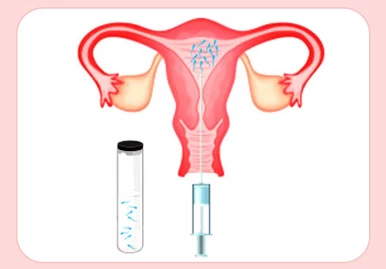
The IUI procedure is one of the first treatments for couples with difficulties having children. IUI aims to increase the number of sperm that reach the fallopian tubes and subsequently increase the chance of fertilization. Read on to learn everything you need about IUI treatment.

What Is Intrauterine Insemination (IUI)?
IUI procedure is a fertility treatment that involves the direct insertion of sperm into a woman's womb. During this artificial insemination, the semen is washed to separate the healthy, motile (swimming) sperm from the seminal fluid. IUI can be performed with the husband's sperm or with the donor's sperm. When one or more eggs are released with the help of fertility drugs, the selected sperm is inserted directly into the uterus using a small catheter.
IUI is preferred as the first-line treatment before IVF because it is cost-effective and less invasive.
Who Is a Good Candidate for IUI?
The IUI method is often recommended for women with problems in their uterine tissue or abnormal secretions. Also, it can be used in men with low sperm count or low sperm motility. In some cases, the female candidates have cervix disorders that can be recognized in color photos.
Of course, in some cases, the physician suggests this method for women who have anti-sperm antibodies or suffer from severe pain during intercourse. Women with abnormal PCT (post-coital fertility test) results are also good candidates for the IUI method.
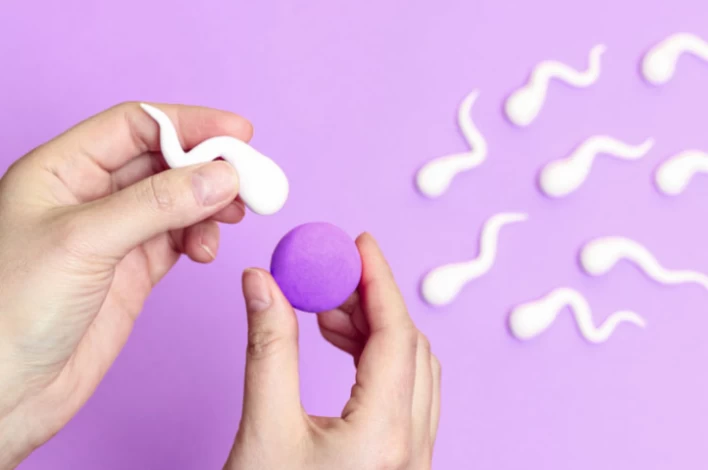
Who are not good candidates for IUI?
The IUI method will not be practical for women experiencing severe fallopian tube problems, anovulation or menopause, pelvic infection, and moderate or severe endometriosis. We should say that IUI is mostly used to treat unexplained infertility and may not be very effective in women over 40 years old.
IUI Preparation Tips
Before the IUI procedure, the doctor examines the condition of the uterus and the follicles in the ovaries and then determines the optimal timing to inject the gonadotrophin hormone. Although egg release may occur naturally, injecting gonadotrophin hormone may not be necessary.
The measures that the patient should take include:
- Performing examinations, routine tests, hormone tests, and taking pictures of the uterus to ensure that the fallopian tubes are not blocked;
- Doing sonography on the second or third day of menstruation to check the condition of the ovaries and uterus;
- Taking the medications prescribed by the doctor to improve ovulation;
- Performing sonography tests on different days after taking the drug to check the condition of the ovarian follicles;
- Injecting HCG when the follicles reach an adequate size (normally around 18–25 mm) to release the egg;
- Taking semen samples in the laboratory and then separating the sperm;
- Washing the semen and injecting it into the uterus about 36-40 hours after ovulation or injecting hormones through an easy and painless procedure.
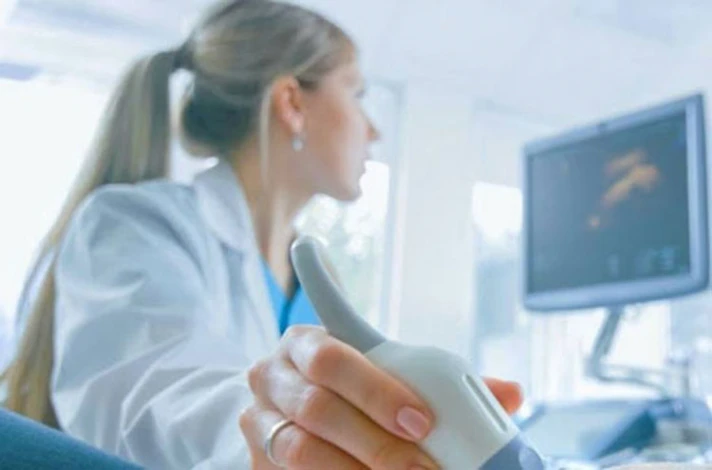
IUI procedure is non-invasive and painless. Most doctors recommend avoiding intercourse for 72 hours before IUI. Low sperm count is the reason for choosing IUI; it is better to wait 48 hours between ejaculation and collecting sperm for the procedure if no male factor is involved.
What to Eat the Night Before IUI to Increase Chances?
Following some tips before performing IUI can help increase pregnancy chances. For example, it is recommended to have a healthy diet containing whole grains, fruits, and vegetables. Foods to help implantation after IUI should include two servings of dairy on the days close to the procedure. Drinking lots of water and taking folic acid multivitamins prescribed by the doctor also improve the chances of IUI success.
On the other hand, staying away from stress and avoiding vigorous physical activities or sports such as running and aerobics can positively affect the function of the endometrium (uterine lining) and proper implantation. Additionally, doing yoga and light walking before the procedure calms the body and helps improve pregnancy outcomes.
What Foods Can Help with IUI?
While there is no specific diet that guarantees success with IUI, maintaining a healthy and balanced diet can improve overall fertility and reproductive health.
Some of these foods can include:
- Whole grains that are rich in fiber, such as quinoa, brown rice, and oats;
- Sunflower Seeds
- Lean proteins such as poultry, fish, beans, and lentils;
- Healthy fats such as avocados, nuts, seeds, and olives;
- Calcium-rich foods such as dairy products;
- Folate-rich foods such as leafy green vegetables, citrus fruits, and legumes can be beneficial.
How IS IUI Done?
The IUI timeline is about four weeks from the beginning (day 1 of the menstrual cycle) to the end (pregnancy test). During the IUI treatment, the male partner is asked to provide a semen sample about an hour before insemination. The sample is then processed in a laboratory to separate the healthy sperm from other components.
The IUI process is usually painless and does not require anesthesia. During this method, the patient lies on her back, and a fertility specialist puts a speculum inside the vagina, inserts a small catheter through the cervix into the uterine cavity, and injects the sperm through the catheter into the uterus. The patient can go home after a short rest.
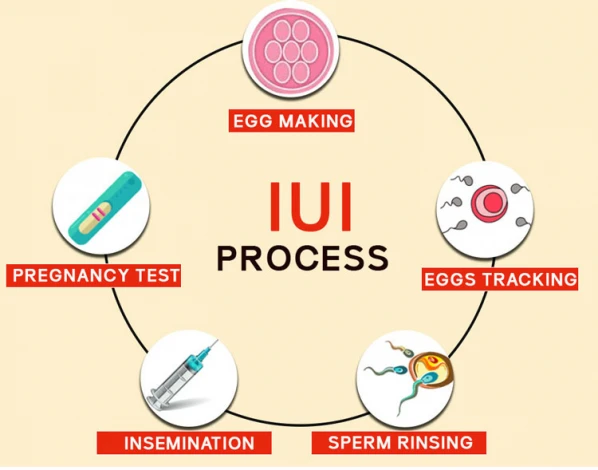
IUI Procedure Step by Step
The IUI method can only be applied to patients who have no problem with ovulation, have at least one open fallopian tube, and can also provide a semen sample with healthy sperm. Each IUI session is called a cycle. This cycle begins from the first day of the patient's period to ovulation, insemination, and a pregnancy test about two weeks later.
The main IUI procedure steps are as follows:
- Egg production
- Determining ovulation time
- Washing the sperm
- Sperm Insemination
We will explain each one below:
Egg production
Women typically release only one egg a month. The physician may give you medications for ovulation induction at the beginning of your period to produce several mature eggs. IUI steps may also proceed with no ovulation Induction medications; however, taking these drugs leads to a higher success rate.
Determining ovulation time
The IUI coordinator will instruct the patient on when to take a trigger shot. A trigger shot is a medication, typically human chorionic gonadotropin (hCG injection), that is administered to help the patient ovulate at a certain time. This shot is usually given when the monitoring indicates that the eggs are mature and ready to be released. Once the HCG shot is given, the egg is released about 36 hours later. The best time to perform IUI is 24 to 48 hours after the shot.
Furthermore, it is sometimes possible to monitor for signs of impending ovulation at home with ovulation predictor kits. These kits detect LH surge and release in the body. The IUI provider can also monitor the ovulation time with the help of an imaging technique (transvaginal ultrasound) to examine the ovaries and check the growth of the egg.
Washing the sperm
On the day of the IUI procedure, a semen sample is taken from the male partner. The taken sample is washed to remove the extra fluid, dead sperm, weak sperm, bacteria, debris, and prostaglandins that can cause uterine cramps. Then, motile, active, and high-qualified sperm are separated from the sample. This process increases the chance of the sperm reaching the fallopian tubes and leads to a healthy pregnancy.
Sperm Insemination
A catheter (a thin, long tube) is used to put the washed sperm directly into the uterus through the cervix. This procedure takes only a few minutes and is painless, but some women feel mild cramping.
Pregnancy test
Fourteen days after the insemination, a pregnancy test can be taken. Not taking a test too early is essential, as the HCG shot can lead to a false positive.
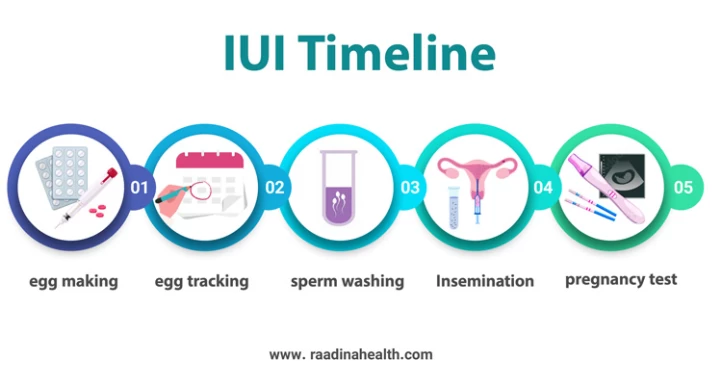
When is the Best Time for Performing an IUI?
Many patients wonder what is the best time to do IUI before or after ovulation. The best time to do IUI (intrauterine insemination) is typically 24-36 hours after ovulation. This is because the sperm needs to be present in the fallopian tubes at the time of ovulation to increase the chances of fertilization. However, the exact IUI timing may vary depending on the patient's conditions and should be determined in consultation with the doctor.
IUI Aftercare
The patient is discharged a few minutes after sperm insemination into the uterus and does not need absolute rest. However, she should avoid heavy exercise and stress.
When to Take a Pregnancy Test After IUI?
As the early tests may lead to false negative or positive results after performing IUI, it is best to wait about two weeks for a pregnancy test using home kits and blood tests. A false negative test means that you are pregnant, but the level of pregnancy hormones is unmeasurable. Also, a false positive test means that you are not pregnant, but the test shows a high level of HCG. However, the best way to confirm a pregnancy is to take a B-HCG blood test through which the levels of beta HCG in blood or urine are determined.
How Many Follicles Are Needed for IUI?
In an IUI procedure, like a natural pregnancy, one healthy qualified follicle and the correct number of well-shaped motile sperm can lead to a successful pregnancy. IUI's ideal and mature follicle size is about 18mm to 24 mm. However, if the patient receives FSH, the follicle size will be considered between 17mm and 18mm, and if both LH and FSH are used simultaneously, this value is considered between 16mm and 17 mm. We should note that in some cases, 14mm to 15mm follicles also contain normal eggs.
What Are the Benefits of IUI?
IUI is one of the most effective and pocket-friendly techniques of artificial fertilization. This procedure can treat infertility caused by:
- Endometriosis;
- cervical problems;
- polycystic ovary syndrome;
- ovarian disorder or irregular ovulation;
- unexplained infertility.
Remember that in the case of IUI failure for the first time, doctors can use similar treatments for 3 to 6 months to increase the chance of pregnancy.
Side Effects and Risks of IUI Treatment
The main disadvantage of fertility drugs is that they sometimes cause side effects. Some possible complications that may arise after undergoing the IUI process are given below:
- There is a possibility of sexually transmitted diseases (STDs) in the case of the inseminated sperm being infected;
- Abdominal pain, painful uterine contractions, and uterine prolapse due to improper sperm washing and transferring contractile prostaglandins to the uterus;
- The infection of the thin tube which goes through the cervix into the uterus and transfers microbes;
- An increased risk of multiple pregnancies, which can cause miscarriage, premature delivery, gestational diabetes, low birth weight, preeclampsia (high blood pressure), labor complications, etc.;
- Mild OHSS is occurring due to taking some fertility drugs for the IUI treatment.

What is the IUI Success Rate?
When the cause of infertility is sperm motility, IUI pregnancy has a higher chance than natural pregnancy. The IUI treatment is usually more effective for couples with unexplained infertility compared to only using medication. However, the success rate of this method has a direct relationship with the age of the couples and the cause of their infertility.
Studies show that the success rate of IUI without using ovarian stimulation drugs is about 4-5%, while this rate reaches about 15% if these drugs are used. The use of beverages containing caffeine, such as coffee and tea, and drinking alcohol are among the causes of IUI failure. Factors such as diet modification and weight loss, choosing a good doctor, and a well-equipped infertility treatment clinic can increase the chances of pregnancy with assisted reproductive technologies such as IUI.
IUI success rate according to different causes of infertility is as follows:
- Unexplained infertility: 1% to 5%
- Asthenospermia or low sperm motility: 4%
- Anovulation: 4%
- Oligospermia or lack of sperm: 6%
- Endometritis: 7%
- Male infertility: 7.41%
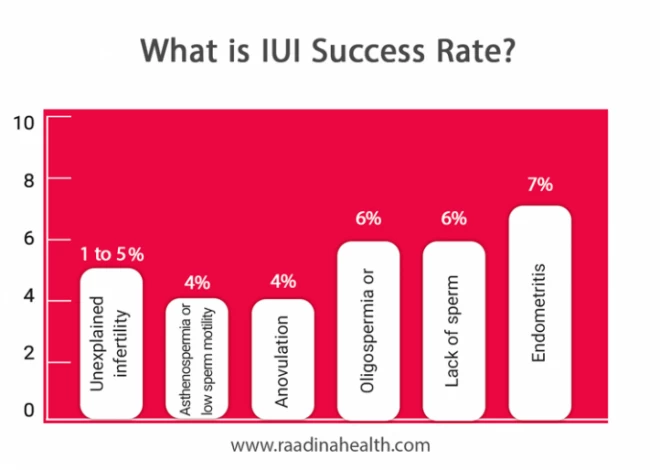
How to Improve IUI Success Rate?
The success rate of IUI depends on different factors. However, you can increase its success rate by taking some measures and aftercare.
- Reduce caffeine intake;
- Eat antioxidants and multivitamins (for men);
- Avoid stress and anxiety to prevent sperm damage;
- Avoid bathing with hot water or wearing tight clothes and putting pressure on the testicles;
- Avoid swimming after IUI if using suppositories;
- Take supplements, especially vitamins, 24 hours after IUI;
- Adopt a proper diet;
- Exercise Regularly;
- Avoid smoking, drinking alcohol, and taking drugs.
IUI vs IVF: What's The Difference?
Intrauterine insemination (IUI) and in vitro fertilization (IVF) are two common types of assisted reproductive technology (ART). In the IUI method, sperm prepared from a man's semen is injected into the woman's uterus. It increases the possibility of sperm and egg fertilization in the uterus. However, in IVF, the fertility doctor removes the mature egg from the ovary and fertilizes it with male sperm in the laboratory. The resulting embryo is then transferred to the uterus for the pregnancy process to continue. The IVF method has higher success rates compared to the IUI method. However, IUI is less invasive and less expensive than IVF.
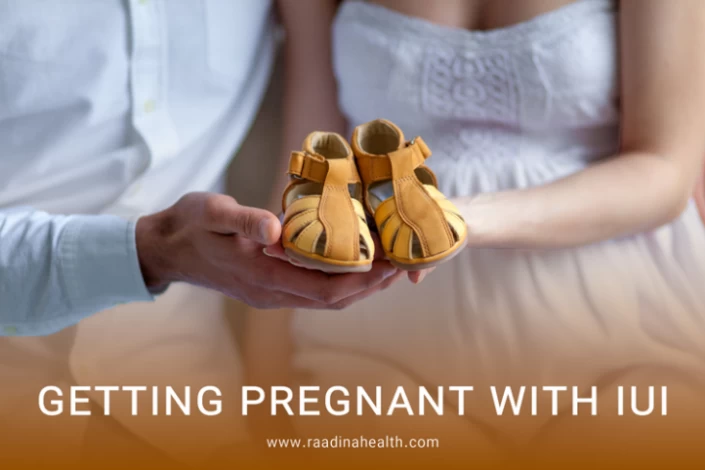
IUI treatment in Iran
Iran is one of the world's hubs in offering effective infertility treatments. Along with taking advantage of excellent fertility doctors, specialists, and well-equipped clinics, low treatment costs have made Iran a good destination for treating infertility in the Middle East and worldwide.
The cost of IUI in Iran depends on various factors, such as the doctor's fee, the clinic cost, medications, and whether the partner or a third-party donor provides sperm. An IUI cycle costs between $100 and $200 in Iran. In contrast, the minimum cost of IUI is usually between $300 and $1000 in the US and European countries.
If you want more information about IUI treatment packages in Iran, you can contact us at Raadina Co.
The Most Frequently Asked Questions About IUI
1) How to use a sperm donor for IUI?
You can use a known or unknown donor and use his sperm. However, to ensure that the donor is not infected with diseases such as AIDS, the sperm should undergo the process of sampling, freezing, and then thawing, which takes about six months.
2) Is bed rest required after IUI?
No; The need for bed rest after IUI for not the sperm to fall out is a misconception that should not be worried about. The necessary precautions are merely a half to one-hour rest after the procedure and avoiding heavy activities for a few days.
3) What is the reason for abdominal pain after IUI?
The main reason for abdominal pain when using fertility drugs is ovarian hyperstimulation syndrome and high growth of follicles. You should consult a doctor in case of severe pain and symptoms such as nausea or shortness of breath.
4) Is gender selection possible with IUI?
Yes, but it is not recommended for couples with fertility problems. Gender selection with IUI is performed in the laboratory. During this method, the sperm is prepared through a special washing procedure to find X and Y chromosomes. Then, the desired sperm is inserted into the uterus by a catheter.
5) How Many Times Can I Try IUI?
A patient can do up to three IUI cycles. If unsuccessful, you should follow your treatment according to your doctor's diagnosis.
6) What are the necessary tests and medications before IUI?
You should take fertility drugs early in your menstrual cycle, on the third to seventh day after the first day of your period. An Ultrasound is also performed on the 11th or 12th day of the cycle. From day 3 to day 5, you should do a hormonal test to measure the capacity of the eggs. Then, HCG is injected, and you should wait 36 hours for the IUI procedure.







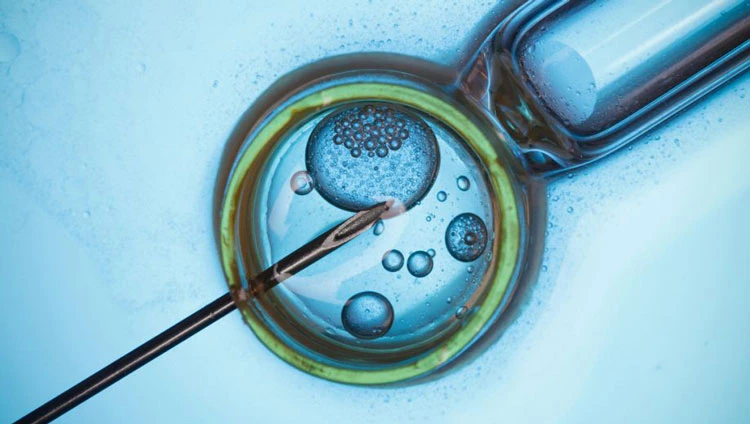
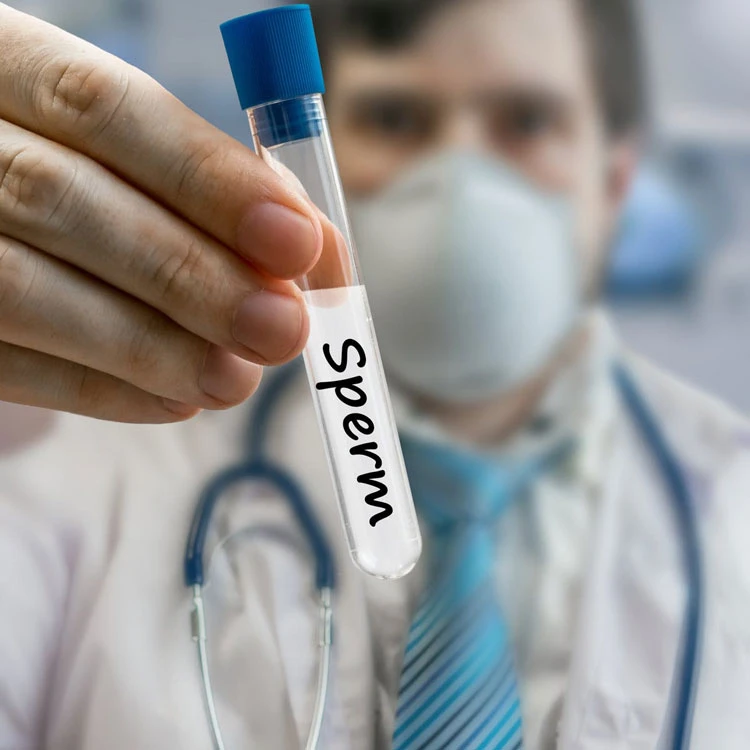
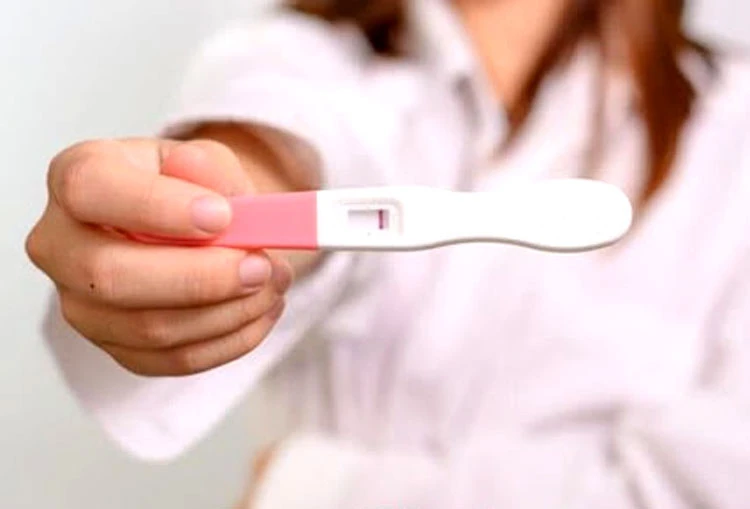

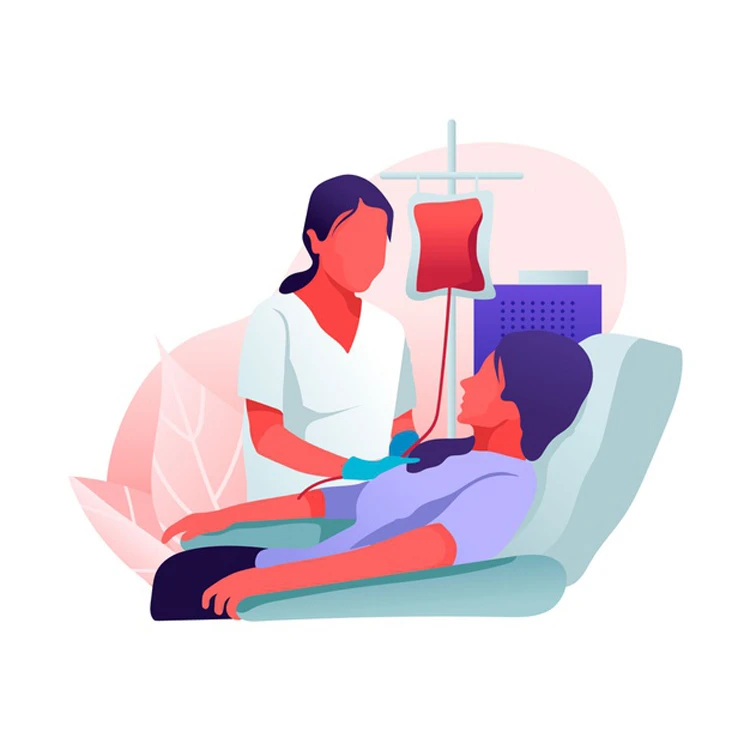


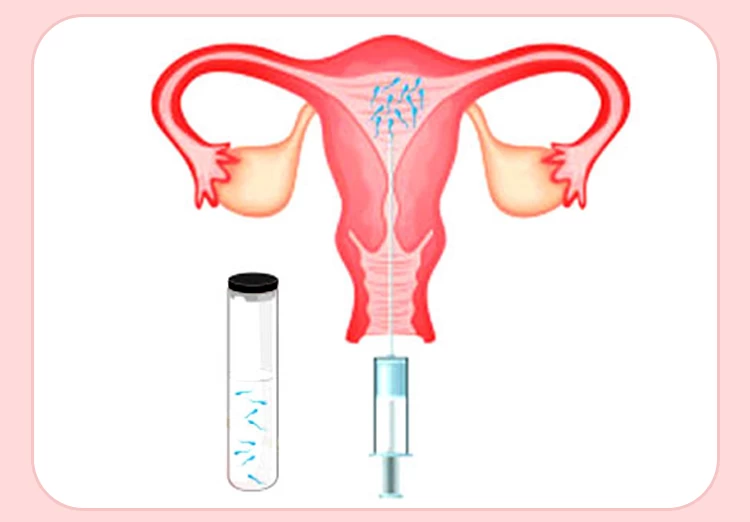

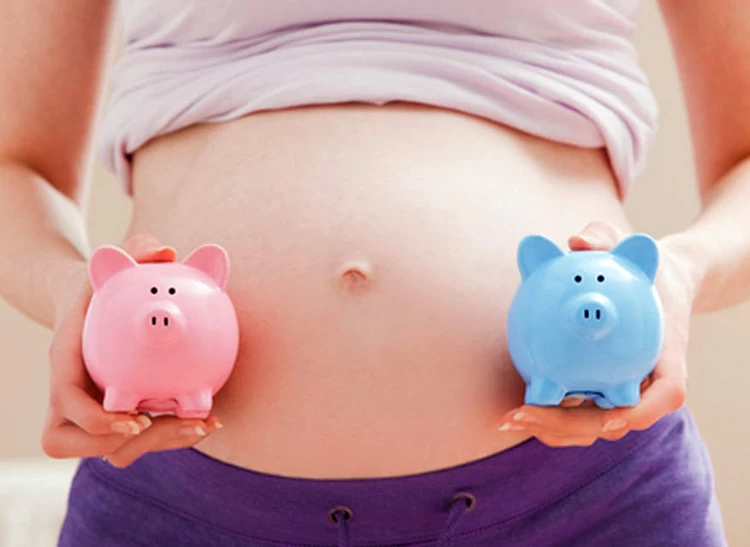

No reviews
Your comment